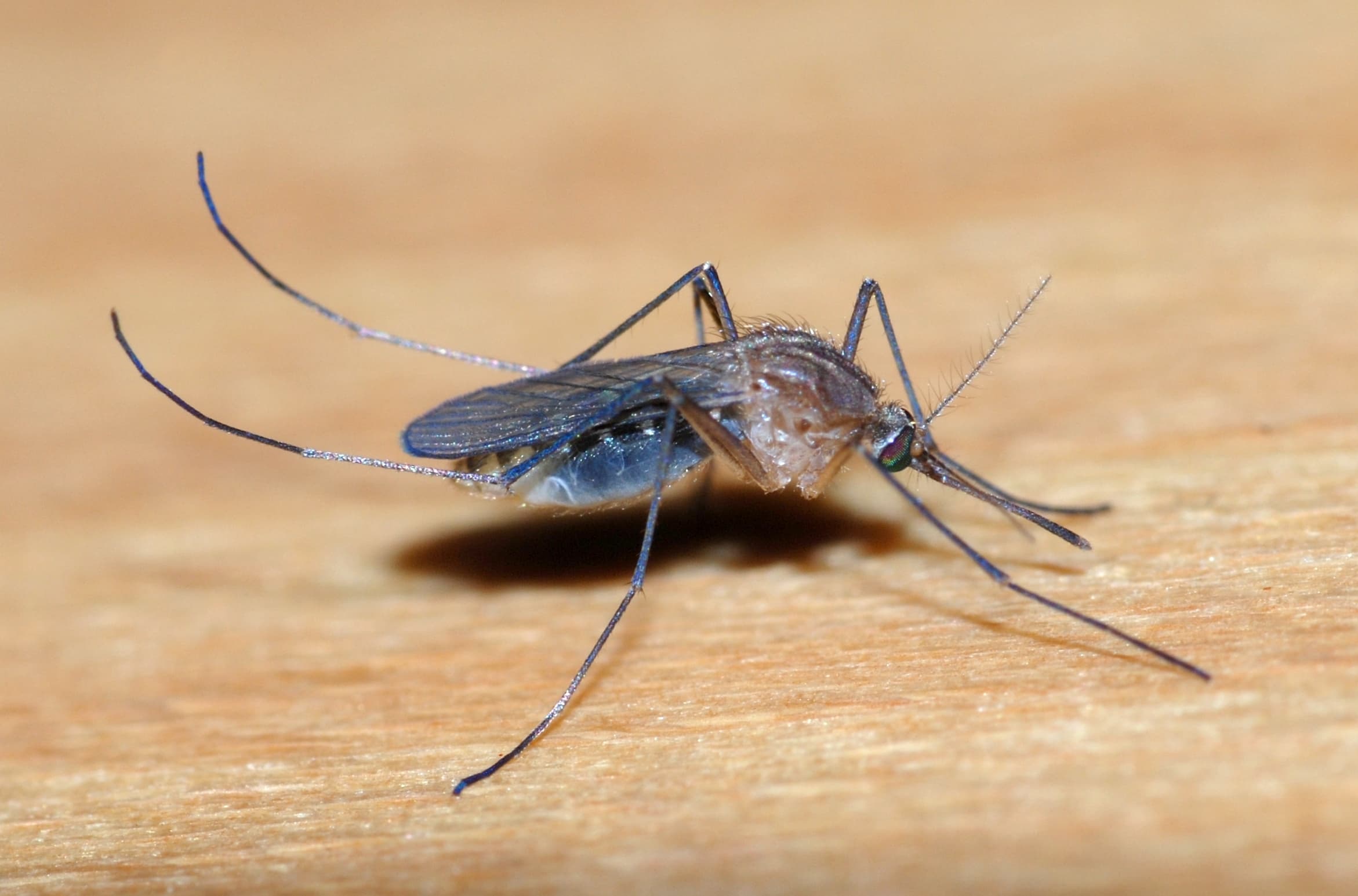Mosquito
Culex pipiens
MosquitoesSmall flying insect with long legs and proboscis. Only females bite, feeding on blood. Breed in standing water. Vectors for numerous diseases including West Nile virus. Most active at dawn and dusk.

Control Methods
Recommended methods for controlling this pest
| Method | Type | Effectiveness | Requirements |
|---|---|---|---|
| Power Spray Application | Chemical | Required | |
| Microencapsulated Formulation Application | Chemical | Required | |
| Landscape Vegetation Management | Cultural | None | |
| Drainage Correction Recommendations | Cultural | None | |
| Mosquito Barrier Spray | Chemical | Required | |
| Mosquito Larvicide Application | Chemical | None | |
| ULV Fogging | Chemical | Required | |
| Green and Sustainable Pest Control Methods | Non-Chemical | Required | |
| Mosquito Misting System Installation and Service | Chemical | Required | |
| Mosquito Dunks and Granules for Water Features | Chemical | None |
Common Harborage Locations
Where to find this pest during inspections
| Location | Why Found There | Priority |
|---|---|---|
| Gutters | Standing water from clogs, organic debris accumulation, mosquito breeding site. | High |
| Bird Baths & Water Features | Standing water breeding site for mosquitoes, must be changed frequently to prevent larvae. | High |
| Clogged Gutters | Perfect mosquito breeding site, organic matter decomposition, constant moisture. | Critical |
Important Disclaimer: The information provided in this knowledge base is for educational and reference purposes only. Pest management professionals should always consult current product labels, Safety Data Sheets (SDS), manufacturer instructions, and applicable local, state, and federal regulations as the definitive source of truth. Product formulations, application methods, safety requirements, and regulations may change over time. This information may be out of date and should not replace professional judgment, proper training, or required licensing and certifications.